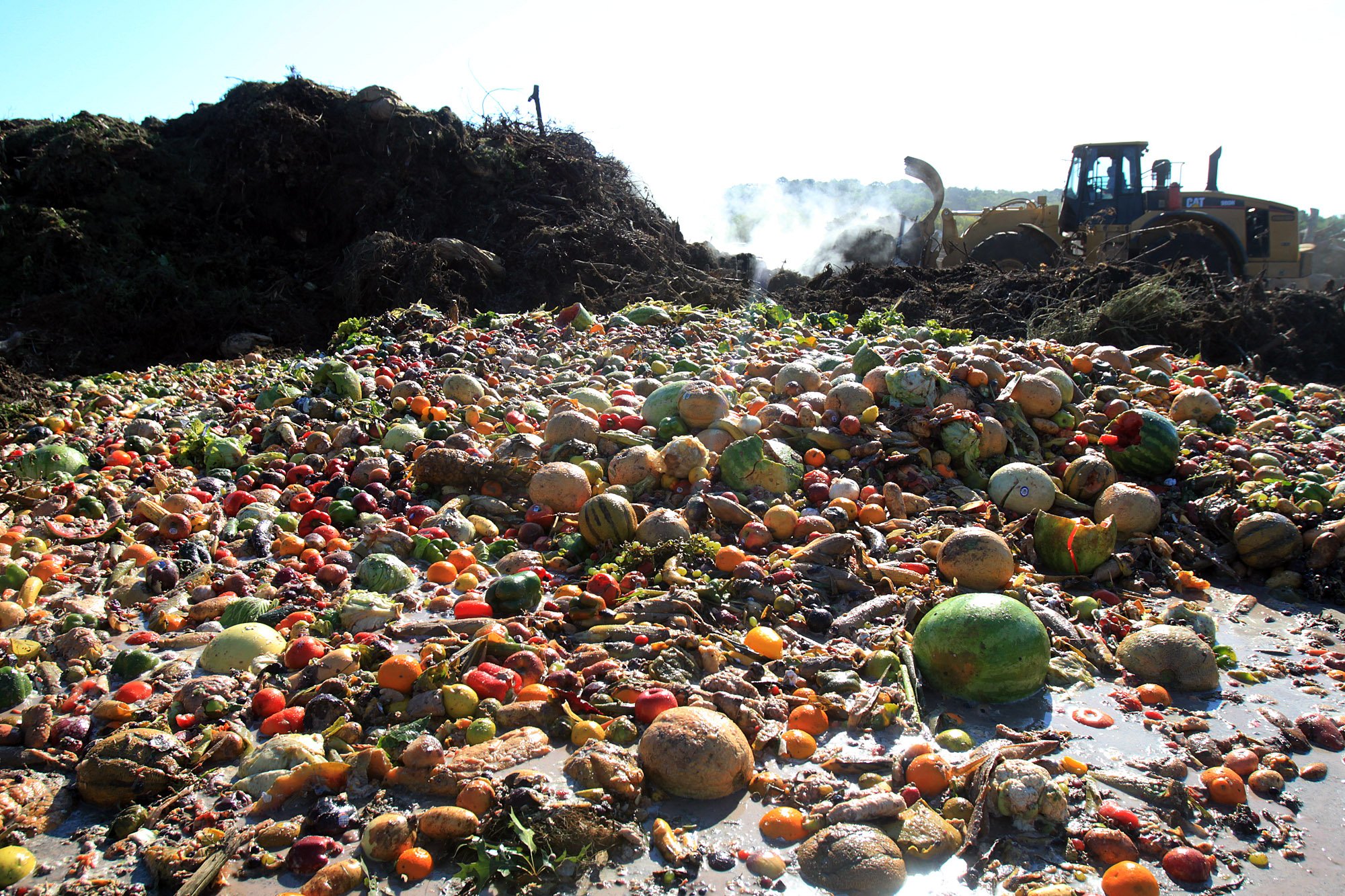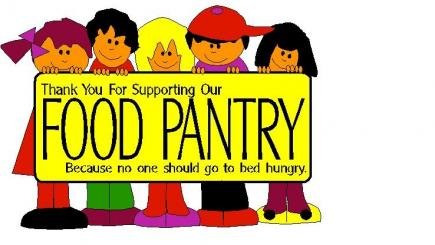According to the USDA, 4.9% of the US population experienced food insecurity in 2016 (Coleman-Jensen, et al, 2017).
Food insecurity is defined as not having physical, sociological, or economic access to adequate, nutritional food (FAO, UN. 2003). Sociological explanations deal largely with inherent designs within the system which contribute to problems in a society. Some of the sociological reasons that food insecurity exists are the uneven distribution of foods, and how we deal with waste.

SRC
The distribution of food is one of many resources which tends to go with the flow of money.
According to data gathered by Feeding America, a non-profit organization which focuses on issues around hunger, the areas with the most GDP generally tends to have the least concentration of food insecurity (FA 2016). With capitalism being the main economic system in the US, the distribution of food is inevitably bound to end up in the places which can afford to pay for it. Companies do not want to risk losing money by paying for the driver, the gas, and more to distribute food to areas where there is no profit to be accrued. Even as these items are distributed to the shelves they do find themselves in, the methods in which we treat our waste also contributes to food insecurity.
A common belief that is held today is that there is not enough food to be distributed; however, scarcity is not the case but rather how we deal with our waste in the US.
40% of food a day is wasted and thrown away (Dana Grunders 2012: 1). “In-store food losses in the United States totaled an estimated 43 billion pounds in 2008, equivalent to 10 percent of the total food supply at the retail level” (Grunders: 10). Grocery stores throw out large quantities of edible food in order to keep up an appearance of fresh, pristine products. Products which are blemished or malformed are regularly discarded before the consumer can ever set eyes on them. Reducing food waste by just 15% would produce enough food to feed every American each year (Grunders: 10). Programs within the community which work with retailers to distribute this food to those who need it has a large impact on reducing food insecurity.

SRC
The Oregon Food Bank has a program that has been running for 17 years which partners with grocery agencies across Oregon in order to divert food that is close to its expiration and “ugly food” from landfills to hungry people’s plates.
Since its creation in 2001, OFB has successfully distributed over 80 million pounds of food (OFB 2016). Programs like this help not only those in need of food, but the donating companies benefit as well. These companies receive tax breaks for donating, reduce their dumping fees, reduce their storage fees, and more (OFB 2016). Distribution of the food to places which have a high poverty rate is a big goal of OFB.
As it was stated earlier, the distribution of food is mostly concentrated in areas of high income, thus finding ways to successfully deliver food to places which are experiencing food insecurity has been a top priority of the Oregon Food Bank.
“Oregon Food Bank offers hunger relief by distributing food through a Statewide Network of 21 Regional Food Banks and approximately 970 partner agencies in Oregon & Clark County, WA” (OFB 2016). The OFB’s main priority is to receive, repackage, and deliver goods to as many different locations as possible. The OFB does very little direct distribution of goods but rather acts as an umbrella in order to be the most efficient in its reach. The OFB is making direct and meaningful impacts on reducing food insecurity by expanding its potential to distribute goods to impoverished areas.
The uneven distribution of foods, and the manner in which our society deals with waste are sociological problems which contribute to hunger in the US.
Capitalism controls the flow of goods and puts demand on retailers to keep up an illusion of perfection which creates large amounts of waste. The Oregon Food Bank has equipped itself to accept this wasted food and distribute goods fairly to the areas which need them the most. While the OFB is not an end-all-fix-all, it is a major contributor in reducing hunger and food insecurity in Oregon while also acting as an iconic pillar for other organizations to replicate.

SRC
Work Cited
Anon. 2003. “Chapter 2. Food Security: Concepts and Measurement[21].” fao.org.
Retrieved June 5, 2018 (http://www.fao.org/docrep/005/y4671e/y4671e06.htm).
Anon. 2016. “Map the Meal Gap.” Feeding America. Retrieved June 5, 2018
(http://map.feedingamerica.org/).Anon. 2016. “Oregon Food Bank.” Oregon Food Bank. Retrieved June 5, 2018 (https://www.oregonfoodbank.org/).
Coleman-Jensen, Alisha, Matthew P. Rabbitt, Christian A. Gregory, and Anita Singh.
n.d. “Household Food Security in the United States in 2016.” USDA ERS - Sharing the Economic Burden: Who Pays for WIC's Infant Formula. Retrieved June 5, 2018 (https://www.ers.usda.gov/publications/pub-details/?pubid=84972).
Grunders, Dana. 2012. “Wasted: How America Is Losing Up to 40 Percent of Its Food
from Farm to Fork to Landfill .” NRDC Issue Paper 1–10.
Semega, Jessica L. 2017. “Income and Poverty in the United States: 2016.” U.S. Trade
with Haiti. Retrieved June 5, 2018
(https://www.census.gov/library/publications/2017/demo/p60-259.html).
Sparks and Andrea. 2008. “UO Libraries.” Scholars' Bank Home. Retrieved June 5,
2018 (https://scholarsbank.uoregon.edu/xmlui/handle/1794/7863).
Join us in The Philoso-Forum to discuss philosophy and the occult arts with likeminded individuals!
LOVELAUGHTER&&XHAOS
Loser of Found Souls, Temple of Appled Thought
Erisian Ataxia Troupe : Caste of the Black Sun

